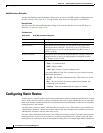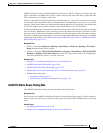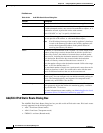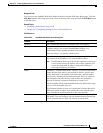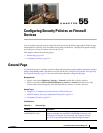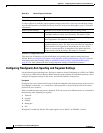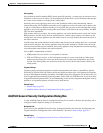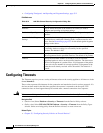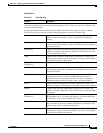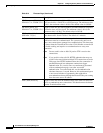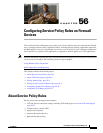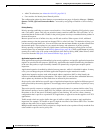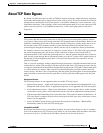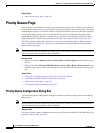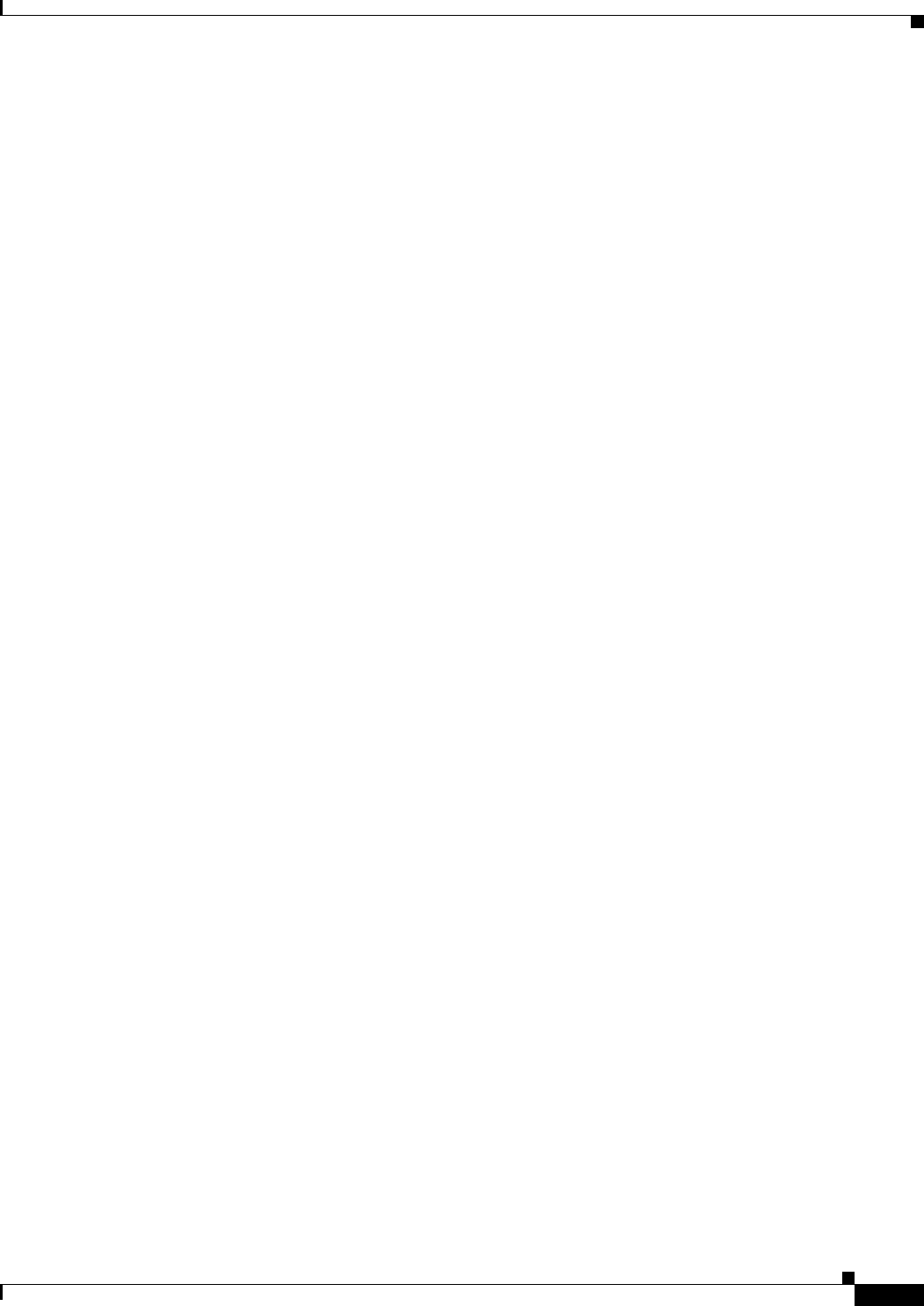
55-3
User Guide for Cisco Security Manager 4.4
OL-28826-01
Chapter 55 Configuring Security Policies on Firewall Devices
General Page
Anti-spoofing
Unicast Reverse Path Forwarding (RPF) guards against IP spoofing—a packet using an incorrect source
IP address to obscure its true source—by ensuring that all packets have a source IP address that matches
the correct source interface according to the routing table.
Normally, the security appliance looks only at the destination address when determining where to
forward the packet. Unicast RPF instructs the security appliance to also look at the source address; this
is why it is called Reverse Path Forwarding. For any traffic that you want to allow through the security
appliance, the security appliance routing table must include a route back to the source address. See RFC
2267 for more information.
With outside traffic, for example, the security appliance can use the default route to satisfy the Unicast
RPF protection. If traffic enters from an outside interface, and the source address is not known to the
routing table, the security appliance uses the default route to correctly identify the outside interface as
the source interface.
If traffic enters the outside interface from an address that is known to the routing table, but is associated
with the inside interface, the security appliance drops the packet. Similarly, if traffic enters the inside
interface from an unknown source address, the security appliance drops the packet because the matching
route (the default route) indicates the outside interface.
Unicast RPF is implemented as follows:
• ICMP packets have no session, so each packet is checked.
• UDP and TCP have sessions, so the initial packet requires a reverse route look-up. Subsequent
packets arriving during the session are checked using an existing state maintained as part of the
session. Non-initial packets are checked to ensure they arrived on the same interface used by the
initial packet.
Fragment Settings
Fragment settings provide management of packet fragmentation and improve compatibility with the
Network File System (NFS). By default, the security appliance allows up to 24 fragments per IP packet,
and up to 200 fragments awaiting reassembly. You might need to allow fragments on your network if you
have an application that routinely fragments packets, such as NFS over UDP. However, if you do not have
an application that fragments traffic, we recommend that you do not allow fragments through the security
appliance, as fragmented packets are often used as DoS attacks.
Related Topics
• General Page, page 55-1
• Add/Edit General Security Configuration Dialog Box, page 55-3
Add/Edit General Security Configuration Dialog Box
Use the Add/Edit General Security Configuration dialog box to enable or disable anti-spoofing, and to
configure override fragment settings, for an interface.
Navigation Path
You can access the Add/Edit General Security Configuration dialog box from the Anti-Spoofing and
Fragment Interface Configuration table on the Platform > Security > General Page, page 55-1.
Related Topics
• Chapter 55, “Configuring Security Policies on Firewall Devices”




